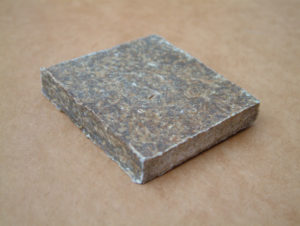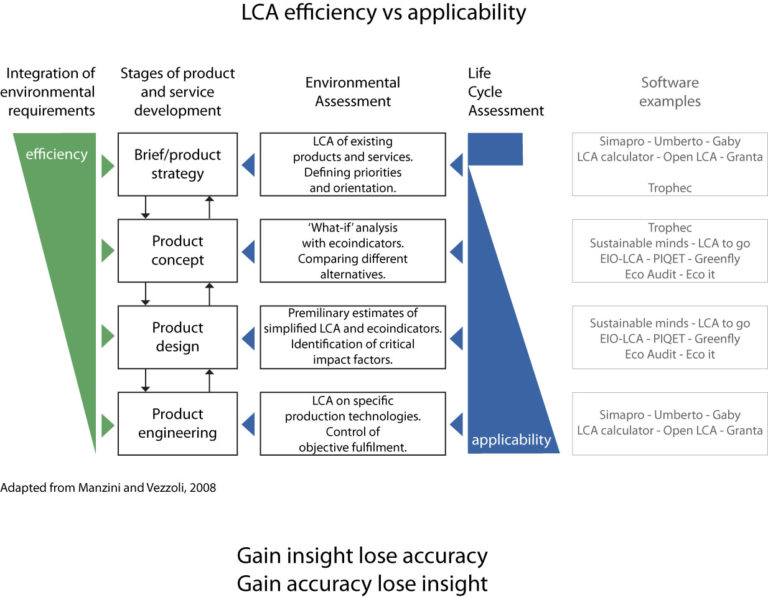
Below you can see a poster I produced to present my project for an internal event almost at the end of my first year in the PhD. You can download a large version here.
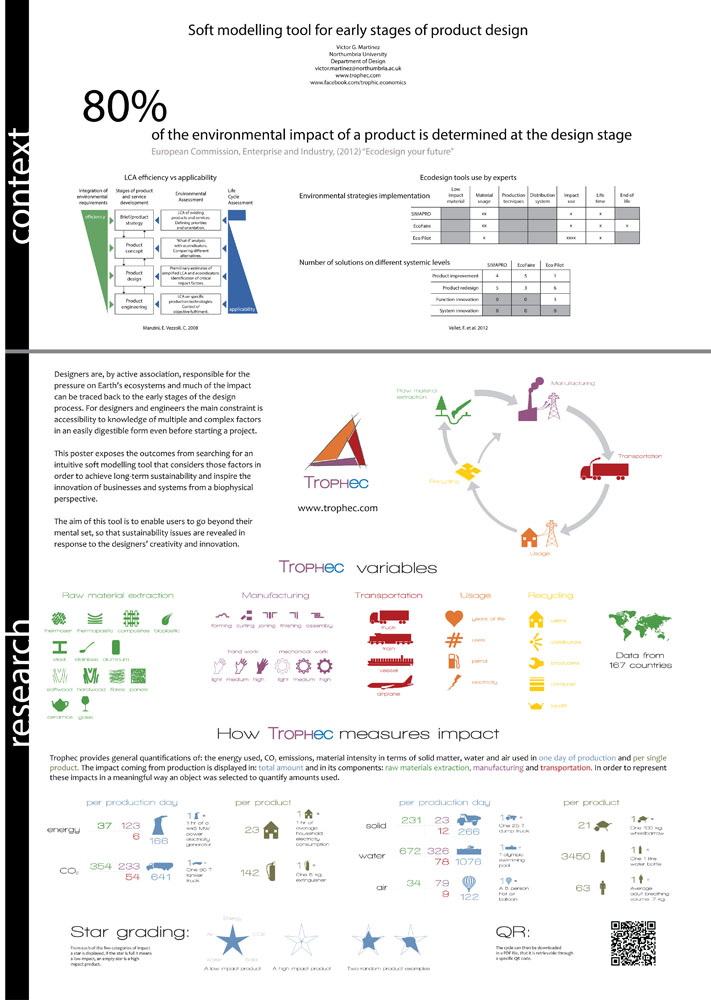
I got a grant from Northumbria University to pay a programmer to develop the code and I designed the interface, got all the data to process some calculations of material impact, check more about the tool here.
Then I designed a test to try and see if the tool actually was changing for the better the designers’ processes. The image below shows the protocol I followed.
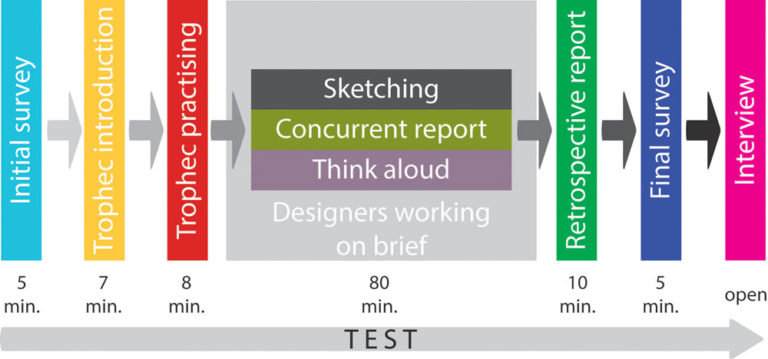
I performed the test on 60 undergraduate students from Northumbria University, 9 master students from the Royal College of Arts and 6 professional designers, all with a minimum of 15 years of experience. The final part was to process an enormous amount of data: transcriptions from the think aloud protocol, sketches, concurrent and retrospective report, final interviews, etc, etc. In order to visualise it and try to find patterns I designed the below chart that contains all aspects of the designer process.
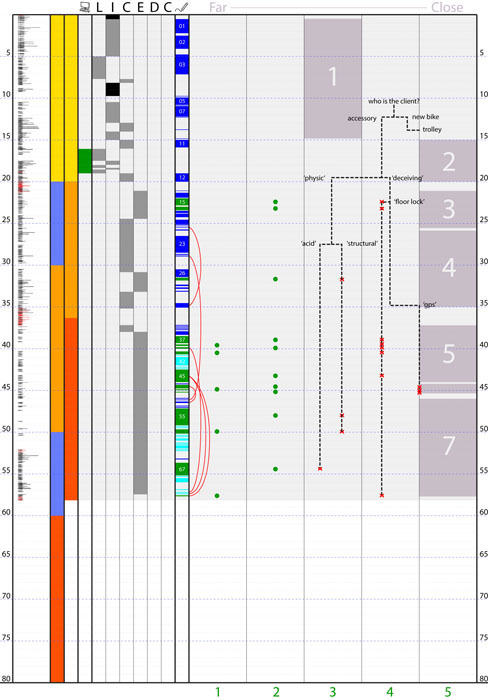
The results showed that the tool did not slowed down the process nor affected it in negative ways. There was some evidence that the tool allowed some reflections and small changes in the designers’ decisions, but it was deemed not conclusive as was not statistically significant. It was clear too that the tool was not designed properly, it only had one iteration in its own design process, and I think the most important issue found (not new, it only supports other researchers’ findings) is the fact that designers have very little decision making power in the entire chain of new product development. As a final word can be said that if we want a truly sustainable development, this will only come from a multidisciplinary approach, and above all the business model changes from conspicuous consumption into a circular economy.
If you want to read the entire work it can be downloaded here.
